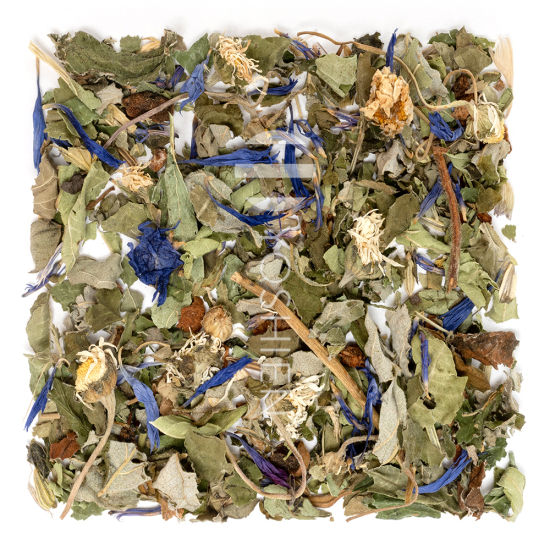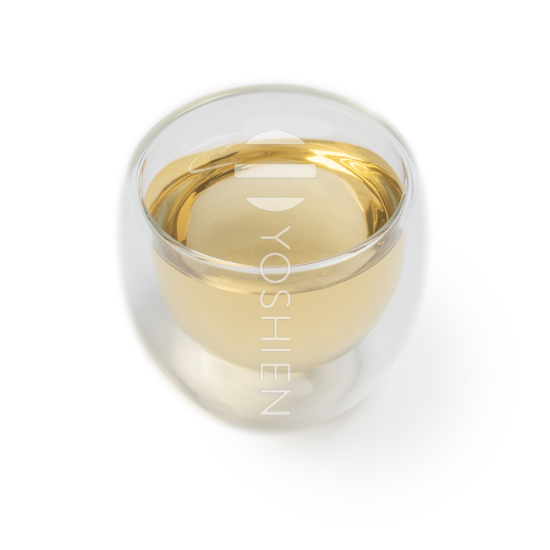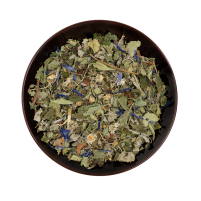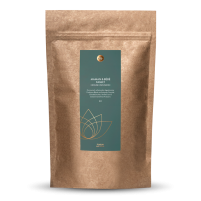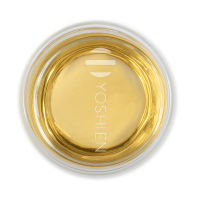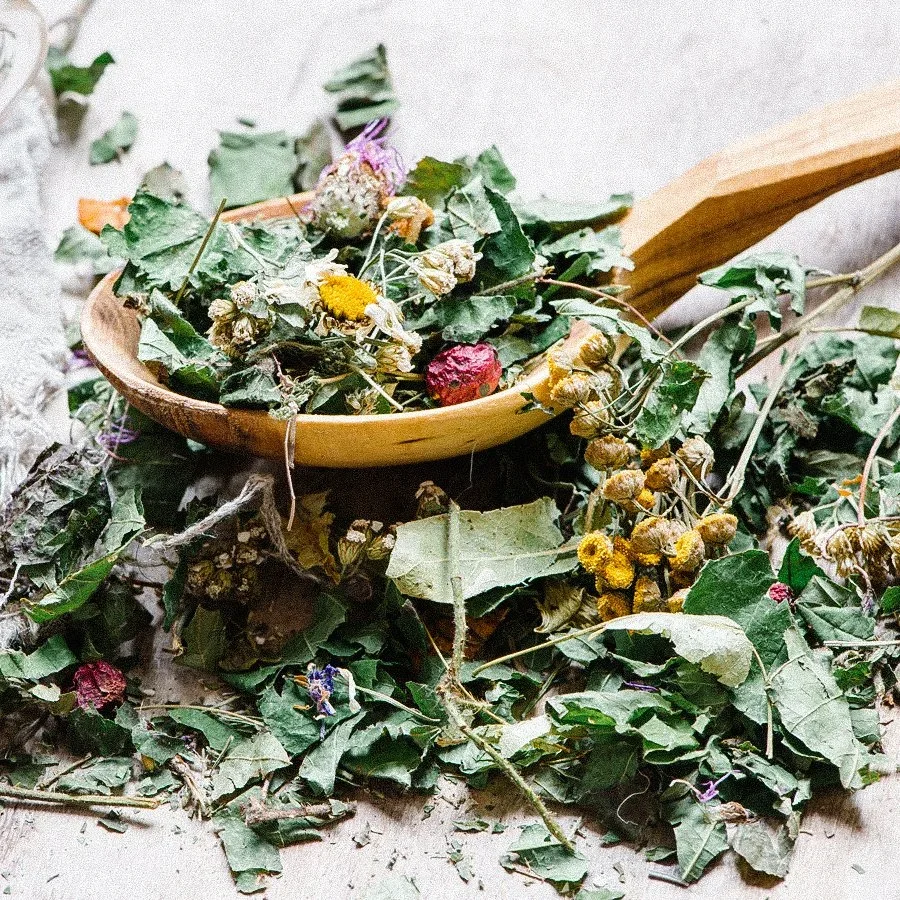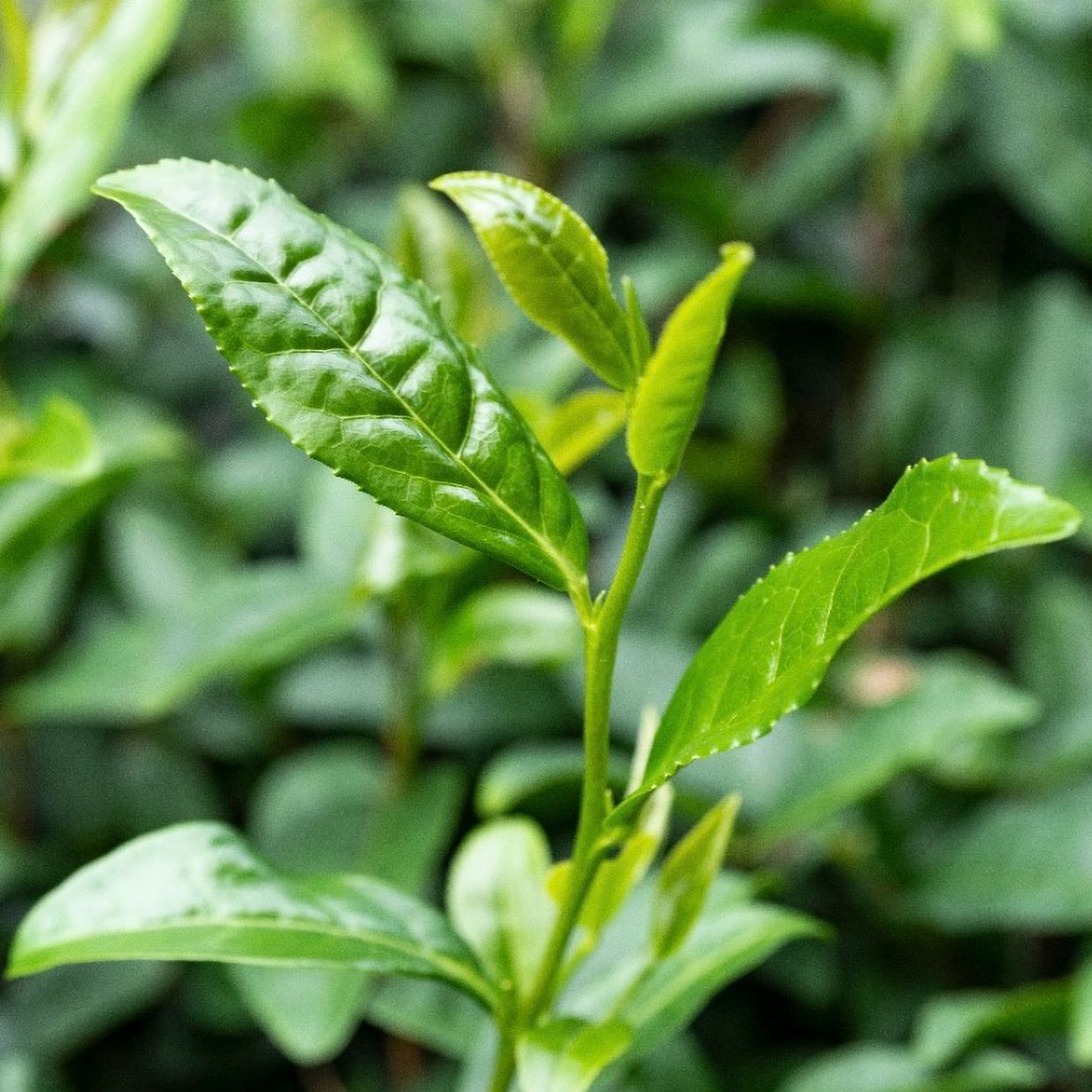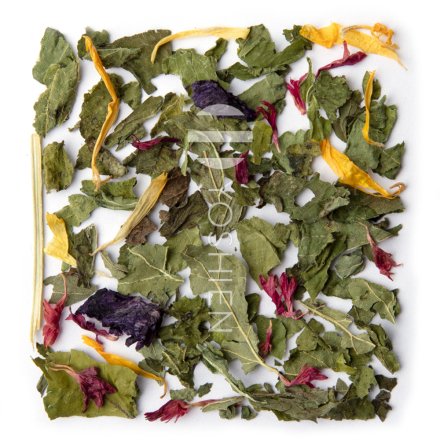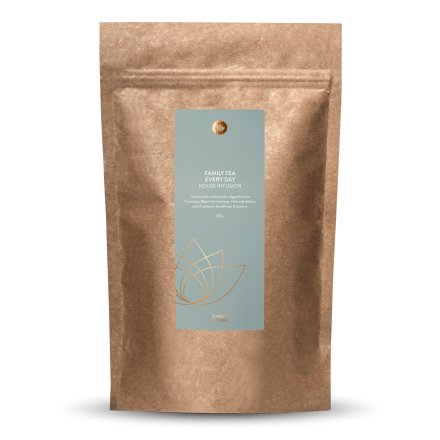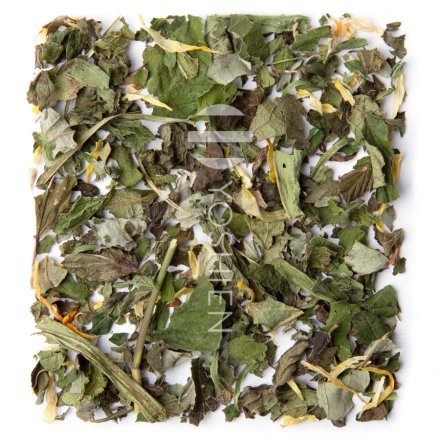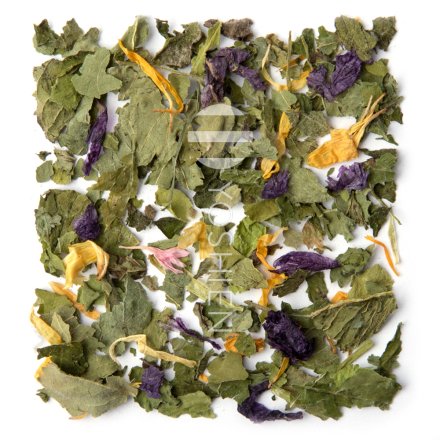VERBENA
Verbena goes by numerous names, such as lemon verbena or vervain. It is native to Argentina, Uruguay, and Chile, and was introduced to Europe in the 18th century. As a perennial plant, verbena thrives best in nutrient-rich, well-drained sandy soil with plenty of sunlight in a sheltered location.
ANISE HYSSOP
Anise Hyssop (Agastache foeniculum) originates from the “New World” – the North American prairies, with its natural habitat spanning the northwestern United States and parts of Canada. This perennial herb rewards us with its blossoms between July and September. This flowering period was also the reason it was introduced to Europe, where it was used as forage for bees and livestock.
FENNEL SEED
Fennel (Foeniculum vulgare) is one of the oldest herbs in continuous use worldwide. Its origins can be traced back to around 3000 BC in Mesopotamia, where it was cherished for its numerous health benefits. The ancient civilisations of Egypt, Greece and Rome also recognised and appreciated the remarkable value of fennel.
LADY'S MANTLE
Lady's mantle (Alchemilla), a member of the Rosaceae family, is predominantly found in Europe, Asia and Africa, especially at high altitudes. In Europe alone, there are approximately 300 species of this plant. The name Alchemilla alludes to its almost magical properties: the water droplets which form on the inside of its leaves have been used as a household remedy since ancient times.
STAR ANISE
Star anise (Illicium verum) is native to China and Vietnam. It prefers light, sandy soils that are slightly acidic and thrives in semi-shaded or sunny locations. Star anise trees, with their evergreen leaves, can grow up to 18 metres tall. From March to May, they produce yellowish flowers with numerous petals. The characteristically shaped, star-like seed pods ripen in October. In tea blends, star anise not only adds a pleasant flavour but may also have beneficial effects on the respiratory system and digestion.
DAISY
The perennial daisy (Bellis perennis L.) is native to southern Europe. During ancient times, it quickly spread to central Europe as meadows became more abundant, these being its preferred habitat. From May to November, the flowers bloom from the perennial leaf rosette, reaching heights of up to 15cm.
CORNFLOWER
The cornflower (Centaurea cyanus L., Cyanus arvensis) was so thoroughly eradicated that it nearly became extinct. As a result, it is now a protected species. Originating from the eastern Mediterranean region, it spread across Europe adapting to a variety of landscapes. It can even be found at altitudes of up to 1800m in the Alps. Our true cornflower comes from natural cultivation on low-lime, well-drained, and nutrient-rich soils. Due to its high content of bitter substances and anthocyanin pigments, it holds a well-established place in herbal medicine.
CARAWAY
Caraway (Carum carvi) belongs to the plant family of umbellifers (Apiaceae) and originates from the Mediterranean region (Southern Europe, the Middle East, and North Africa). Wild populations of the plant can also be found in Germany. The fruits of the plant are especially valued and are used in many international cuisines. In traditional European herbal practice, caraway fruits are often prepared as a tea.



